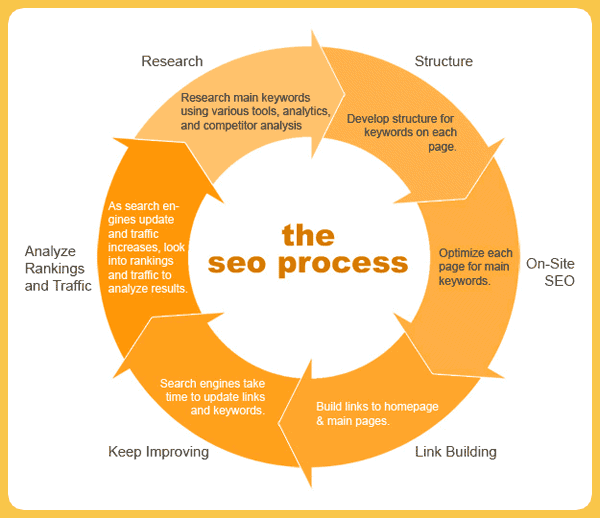The greatest objective of your content should be that it appeals to your human readers and provides them the information they need in order to decide in your favour (that is, when they seek something that you provide). But for many businesses, search engine optimization takes precedence over the relevance of the content they are writing. How do you create a balance? How do you make sure that you write content for humans but you optimize it for Google and other search engines? How can you make both the parties happy?
Can you ignore your search engine rankings?
There are many online marketers and in fact, even content writers, who will tell you that don’t worry much about search engine rankings because if you have great content, your rankings should automatically improve. Ideally, yes, they should automatically improve. But do they? No. We don’t live in an ideal world. In the world we live, there are people who can manipulate their search engine rankings and search engine algorithms can be manipulated. Not just that, you are constantly facing competition. Someone or the other is going to get better of you no matter how hard you try.
Sure, it is the quality of your content and the regularity with which you publish your content that has the biggest impact on your search engine rankings but optimization also plays a very important role, so you cannot ignore your search engine rankings if qualified and targeted traffic matters to you.
In his recent blog post the renowned online marketer Neil Patel has explained how you can create content that is both human friendly as well as search engine optimized.
SEO content writing to improve your search engine rankings
Neil says that in order to search engine optimize your content you first of all need to understand what all helps you improve your SEO, and the first stress he makes is SEO copywriting. Many content writers and content marketers are of the opinion that every piece of content that you produce and publish must have the ability to “sell” something. I have used quotes because selling doesn’t always mean selling products and services. You can sell an idea. You can sell an opinion. You can sell an action. For example, if you want people to subscribe to your newsletter, for you THAT is selling. If you want people to download your e-book, then that is selling for you. If you want people to click your ads than that is selling for you. When you are making people do something, you are selling to those people. So even convincing content writing is like copywriting. How do you convince people? By writing logically and convincingly, of course. So this automatically makes your writing human-friendly.
How do you make your content writing SEO-friendly? By writing in the language used by people who are looking for solutions rather than products. By actually using the words and expressions people use in order to find what you have to offer.
A peculiar thing about search engines like Google is that their crawlers and ranking algorithms study bits of text at particular locations. For example, your page or blog title must contain your keywords. It helps if even your description contains some combination of your keywords. Then, the algorithm also studies your first paragraph and checks for the appearance of the main words. It also looks for your relevant words in the headings and subheadings that you use while writing your content. The bulleted list also gets some sort of importance and also does the text inside the hyperlinks.
These are small things that are often ignored by content writers but they can make a big difference. The above-linked blog post also contains some tools that can help you significantly improve your search engine rankings. Do check it out.






